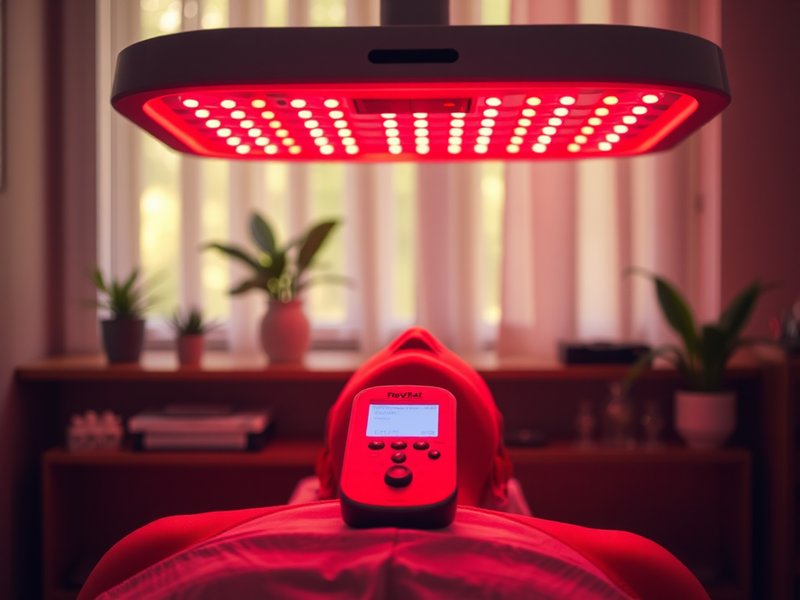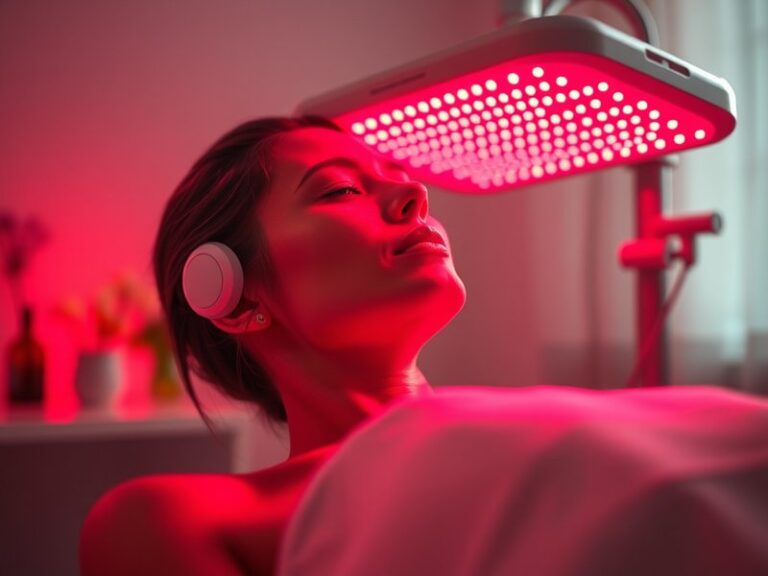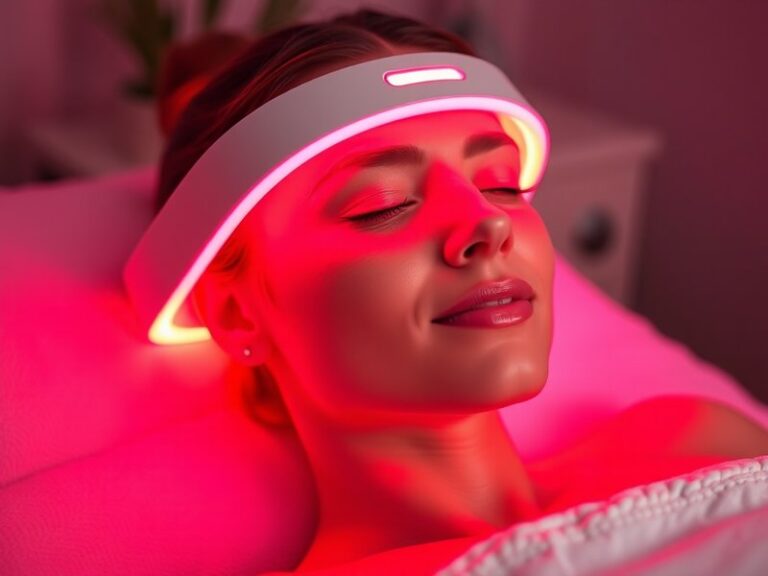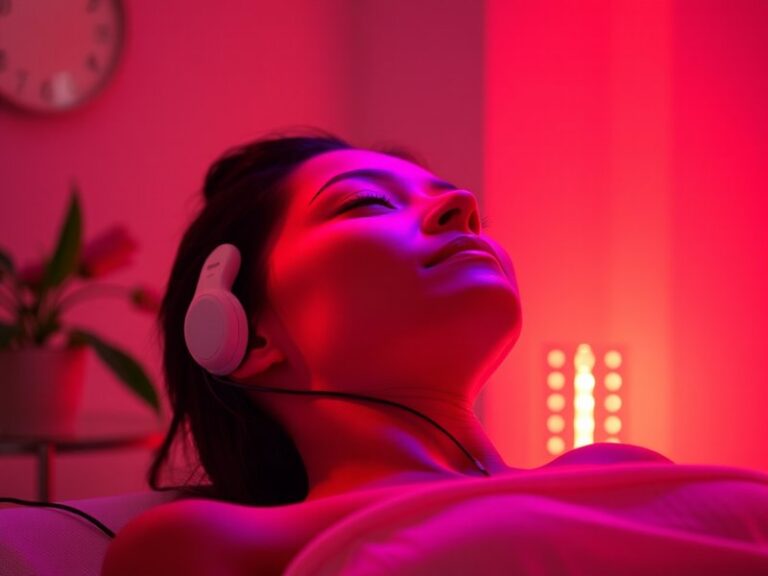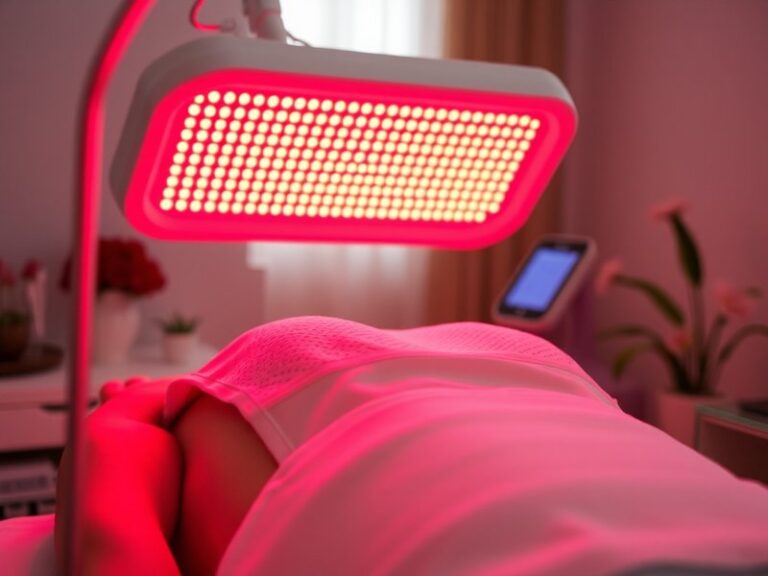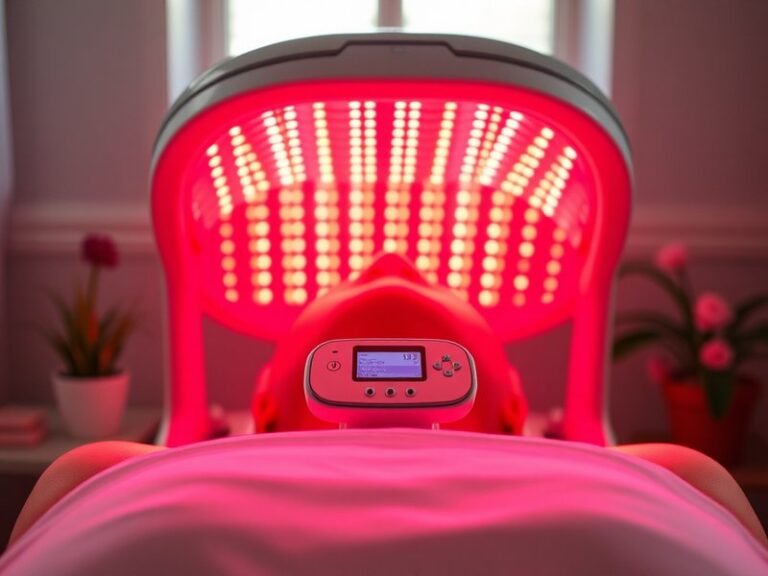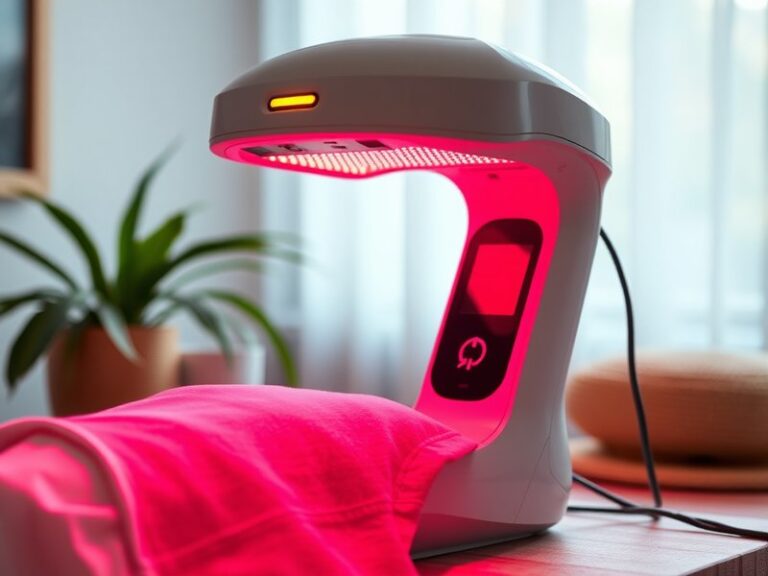How Many Times A Week Should You Do Red Light Therapy?
How Many Times A Week Should You Do Red Light Therapy?
Are you curious about the optimal frequency for red light therapy sessions?
This article delves into the recommended frequency of red light therapy treatments, examining the factors that influence this decision along with its numerous benefits. By the end of this guide, you’ll have a clearer understanding of how often to incorporate red light therapy into your routine for maximum results.
Key Takeaways
- Red light therapy is most effective when done 3 to 5 times a week for general conditioning.
- Individual goals and skin types can influence the appropriate frequency of sessions.
- Gradual progress is essential; it’s important to listen to your body and adjust as needed.
What is Red Light Therapy?
Red light therapy (RLT) is a non-invasive treatment that uses specific wavelengths of light, typically around 600 to 650 nanometers, to stimulate cellular function. This therapy can penetrate the skin and is believed to promote various healing processes in the body.
See our guide on Red Light Therapy Duration
RLT is often used for skin rejuvenation, wound healing, inflammation reduction, and pain relief. As research continues to unfold, its applications are expanding across different medical and wellness sectors, from dermatology to physical therapy.
What are the Benefits of Red Light Therapy?
Understanding the benefits can help you determine how often you should use this therapy. Here are several advantages:
Skin Rejuvenation
Red light therapy promotes collagen production, improving skin texture and reducing signs of aging such as wrinkles and fine lines. Users often notice a more youthful appearance after consistent sessions.
Pain Relief
Many people find relief from chronic pain conditions through RLT. It may reduce inflammation and improve circulation, which helps alleviate discomfort.
Increased Muscle Recovery
Athletes frequently use red light therapy to speed up muscle recovery post-exercise. The increased circulation and cellular repair mechanisms help reduce soreness and promote faster healing.
Enhanced Mood and Sleep Quality
Some studies suggest that red light therapy can help improve mood and sleep patterns, potentially through the regulation of melatonin production and the reduction of stress levels.
Is it Possible to Overuse Red Light Therapy?
While red light therapy is generally safe and well-tolerated, it is possible to overdo it. Finding the right balance is crucial to maximizing benefits without experiencing unwanted side effects like skin irritation or fatigue.
What are the Advantages of Limiting Frequency?
Limiting the frequency of sessions can help prevent over-exposure. It allows your body time to respond and adapt, ensuring the therapy remains effective.
What are the Disadvantages of Overusing Red Light Therapy?
Overusing this therapy might lead to diminishing returns. Instead of amplifying benefits, excessive use could result in irritative reactions, compromising the healing effects that red light therapy aims to deliver.
What are the Things to Consider Before Scheduling Red Light Therapy?
Here are key considerations to assess before starting your red light therapy routine:
Your Goals
Understand your primary reasons for using RLT—whether it’s for skin health, pain relief, or sports recovery. Tailor your frequency based on specific outcomes.
Your Skin Type
Sensitive skin may react differently to light exposure compared to more resilient skin types. Adjust your sessions based on how your skin responds initially.
Device Quality
Ensure you’re using a high-quality device that emits the appropriate wavelengths for effective treatment. Cheaper, low-quality devices might provide subpar results and require different usage schedules.
Discover the facts in Does Palm Beach Tan offer red light therapy?
Consultation with a Professional
If you have underlying health conditions or are unsure about starting red light therapy, consulting with a healthcare professional can provide personalized advice and recommendations.
What are the Alternatives to Red Light Therapy?
If you’re considering alternatives to red light therapy, there are several other options:
Blue Light Therapy
Primarily used for acne treatment, blue light therapy targets bacteria on the skin, providing a different mechanism of action compared to red light therapy.
Infrared Therapy
Infrared therapy uses deeper wavelengths of light to penetrate tissues for pain relief and improved circulation, similar to red light therapy but with different applications.
Microcurrent Therapy
This technique utilizes electrical currents to stimulate facial muscles and improve skin elasticity. Though it’s different from light therapy, it can also be beneficial for skin rejuvenation.
Chemical Peels and LED Facials
For those looking for immediate skin results, chemical peels and professional LED facials can be effective alternatives, though they may require more recovery time and care.
Conclusion: Is it Recommended to Do Red Light Therapy 3-5 Times a Week?
In summary, red light therapy can be a beneficial part of a wellness routine, recommended to be done about 3 to 5 times weekly for optimal results. However, individual responses may vary, and it’s essential to consider personal goals and comfort levels. Always consult with professionals if you remain unsure about your frequency or approach.
Frequently Asked Questions
How long should each red light therapy session last?
Sessions typically last between 10 to 20 minutes, depending on the area being treated and the goals of the therapy.
Can I perform red light therapy at home?
Yes, home devices are available, but ensure you choose a reputable brand that provides the right wavelengths for effectiveness.
Are there any side effects of red light therapy?
Generally, RLT is safe; however, some individuals might experience temporary redness or irritation in sensitive areas.
How soon can I expect results from red light therapy?
Some users may notice improvements in skin texture and pain relief within a few sessions, while others may take several weeks to see significant changes.
Is it necessary to wear eye protection during sessions?
While RLT is safe for the skin, it’s wise to wear protective eyewear to shield your eyes from intense light exposure during sessions.
